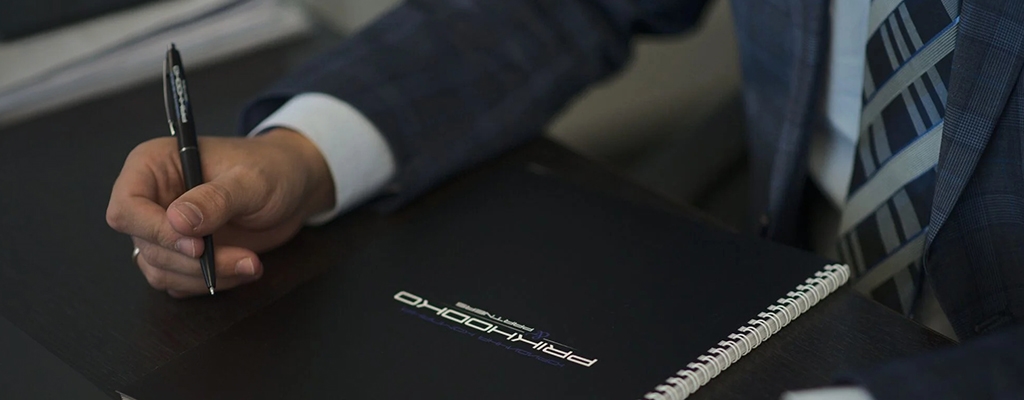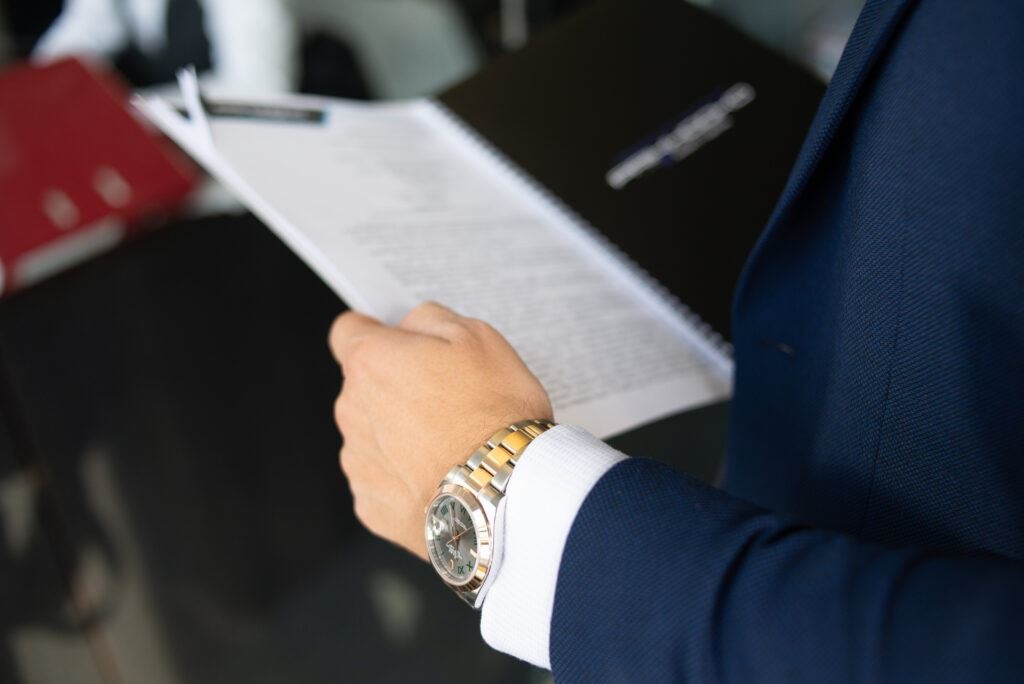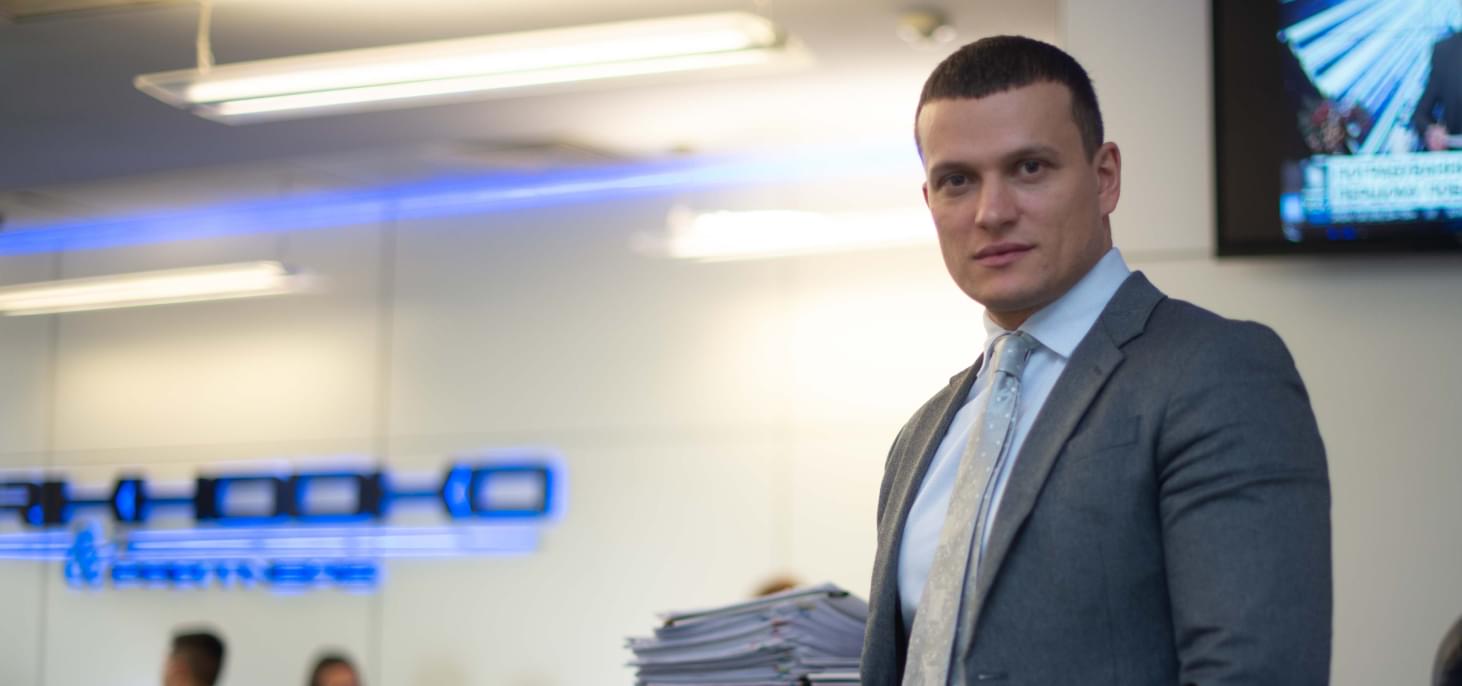
"The right to justice is what we fight for"
Lawyer
Специалист практик миграционного и корпоративного права также специализируется на юридическом сопровождении бизнеса в странах ЕС.
Liquidation of problematic assets in Ukraine
Ukraine, as a multinational country with a developed economy, faces numerous challenges in managing financial resources and assets.
Troubled assets are one of the main problems faced by businesses and government structures.
Therefore, we will analyze the legal and practical aspects of the liquidation of problem assets in Ukraine.
The concept of problem assets
Troubled assets are assets that do not generate income or are limited in generating income due to various reasons.
Such reasons may include technical or technological problems, inappropriate use, legal disputes, environmental problems, etc.

Legal aspects of liquidation of problem assets
The legislation of Ukraine provides for several normative and legal acts that regulate the process of liquidation of problem assets.
The main ones are:
- Civil Code of Ukraine: Defines the legal basis of ownership of assets and the procedure for their transfer or liquidation.
- Bankruptcy Code of Ukraine: Regulates bankruptcy procedures of enterprises, including the liquidation of their assets.
- The Law of Ukraine “On Financial Rehabilitation of Enterprises”: Establishes mechanisms for financial rehabilitation and the possibility of liquidation of problem assets.
The process of liquidation of problem assets
The process of liquidating problem assets may include the following steps:
- Asset analysis: Assessing the state of assets and determining the causes of their problems.
- Strategy definition: Development of a liquidation strategy, including options for recovery, restructuring or sale of assets.
- Conducting legal analysis: Determination of legal aspects of liquidation, including compliance with all necessary legal requirements.
- Strategy implementation: Implementation of actions in accordance with the chosen strategy, including reorganization, sale of assets, settlement of legal disputes, etc.
- Monitoring and reporting: Continuous monitoring of the liquidation process and preparation of reports to the relevant authorities.
- Completion of the final report: After the completion of the liquidation procedure, a final report is drawn up, which displays all the steps taken and the results of the liquidation of problem assets.
Practical aspects of liquidation of problem assets in Ukraine
Despite the existence of legislation, the process of liquidation of problematic assets by Ukrainian enterprises may face a number of challenges.
They may include:
- Corruption risks: Insufficient transparency in the activities of enterprises and the possibility of corruption schemes.
- Insufficient legal framework: Lack of clear legislative mechanisms and precedents for effective liquidation of problem assets.
- Economic constraints: Financial constraints that may complicate the liquidation process.
Therefore, the liquidation of problem assets is an important aspect of managing the financial resources of enterprises and government structures in Ukraine.

Legal analysis and practical aspects of this process play a key role in ensuring efficiency and transparency.
Understanding legal norms and studying practical cases of liquidation of problem assets will help to ensure the stability and development of the country’s economy.
Calculate the cost of services
1 question
Does your company have debt?
2 question
Do you need help in developing a strategy for the liquidation of problem assets?
3 question
Do you need legal support for the liquidation of problem assets?

Специалист практик миграционного и корпоративного права также специализируется на юридическом сопровождении бизнеса в странах ЕС.
TOP lawyers dealing with such cases in Ukraine
How to order the service? How do we work?
Leave an application on the website in the selected service and our lawyers will call you to provide a detailed consultation and resolve your issue.
- Application
- Calling a lawyer
and defining tasks - Contract and payment
- Consultation,
case analysis, specialist work
What is the price for a lawyer's consultation and assistance?
Price for services in the "Corporate law" category:
| The name of the service | Price, UAH | Terms |
|---|---|---|
| Registration of ownership | from 8000 UAH | for 2 days |
| Liquidation of LLC | from 30000 UAH | for 3 days |
| Re-registration of a legal entity | from 5000 UAH | for 2 days |
| Help in opening a fop | from 5000 UAH | for 3 days |
| Development of the statute of the company (LLC) in Ukraine | from 10000 UAH | for 2 days |
| Change of the director of the joint-stock company | from 4000 UAH | for 2 days |
| CREATION OF INVESTMENT FUND AND MANAGEMENT OF ASSETS | from $5000 | since 6 months |
| OBTAINING A BANKING LICENSE IN UKRAINE | from $5000 | since 6 months |
| OBTAINING A LICENSE FOR A PAWN SHOP IN UKRAINE | from $5000 | since 3 months |
| Registration of a financial company | from $5000 | since 6 months |
You may also need:
Corporate law
Legal opinion
Read moreCorporate law
Internet poker license
Read moreCorporate law
Liquidation of LLC
Read moreCorporate law
Increase in the authorized capital of the enterprise
Read moreCorporate law
LICENSE TO BETTING
Read moreCorporate law
Introduction of corporate rights to the authorized capital
Read moreCorporate law
Liquidation of problematic assets in Ukraine
Read moreCorporate law
Buy a financial company in Ukraine
Read moreCorporate law
License to provide financial services in Ukraine
Read moreCorporate law
Hazardous waste license
Read moreCorporate law
Obtaining a license for passenger transportation
Read moreCorporate law
Obtaining a license for organizing and conducting gambling activities in casino gambling establishments
Read moreArticles on the topic:
call back
during the day











